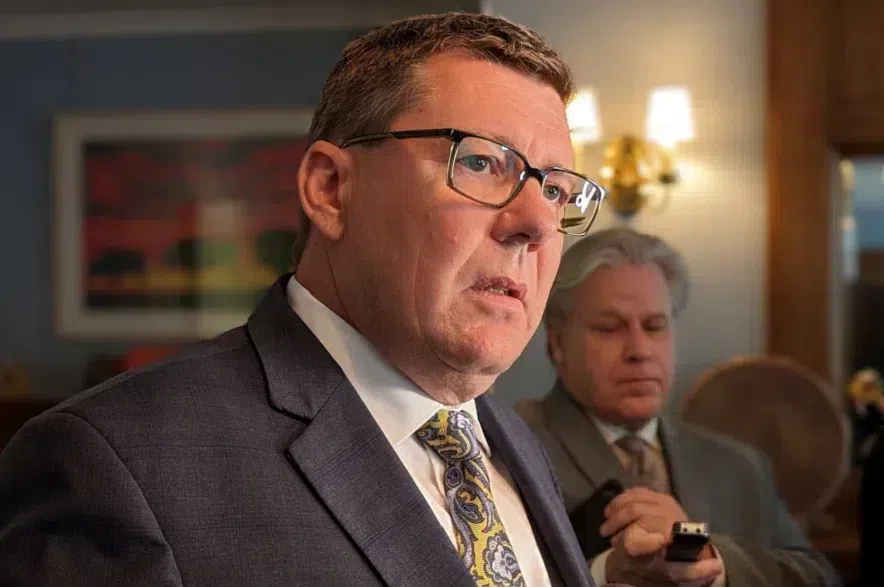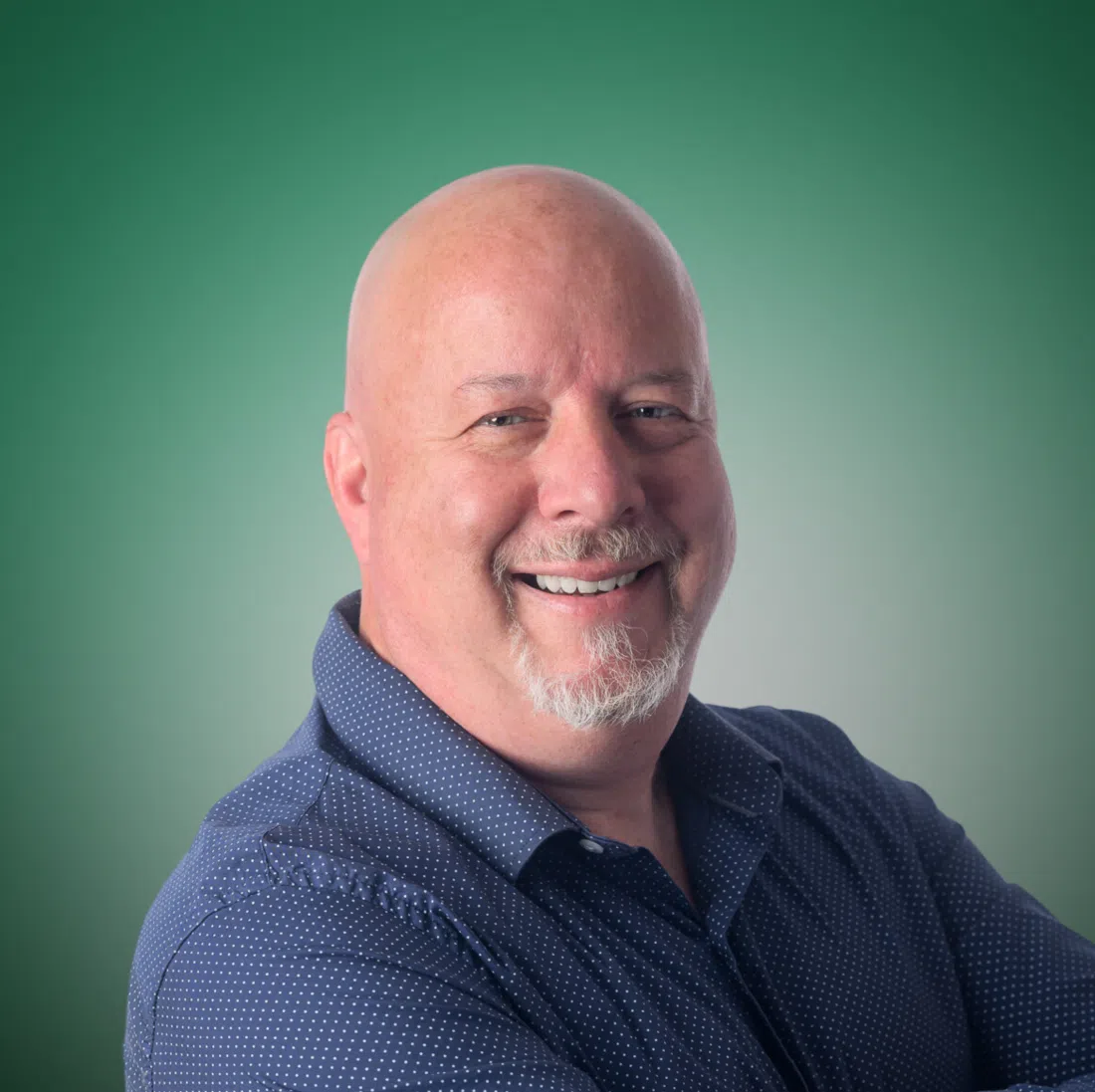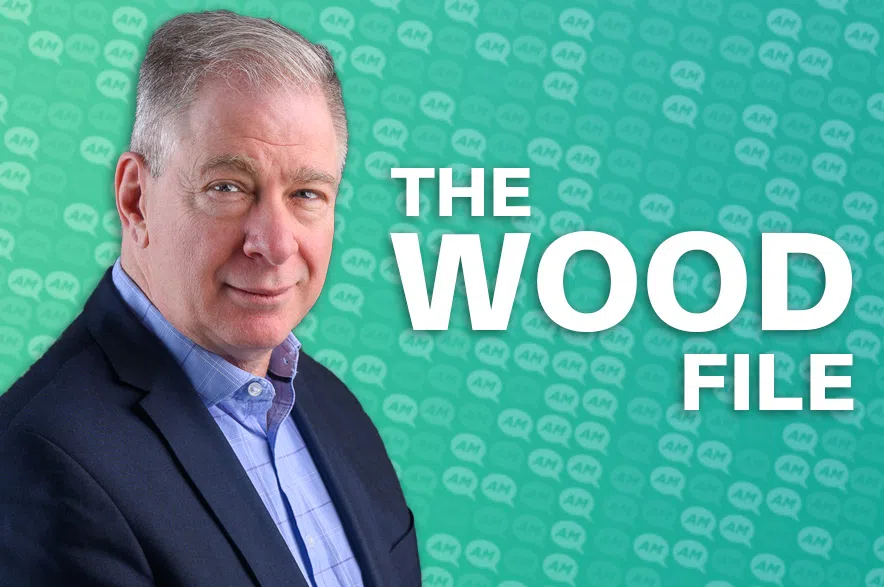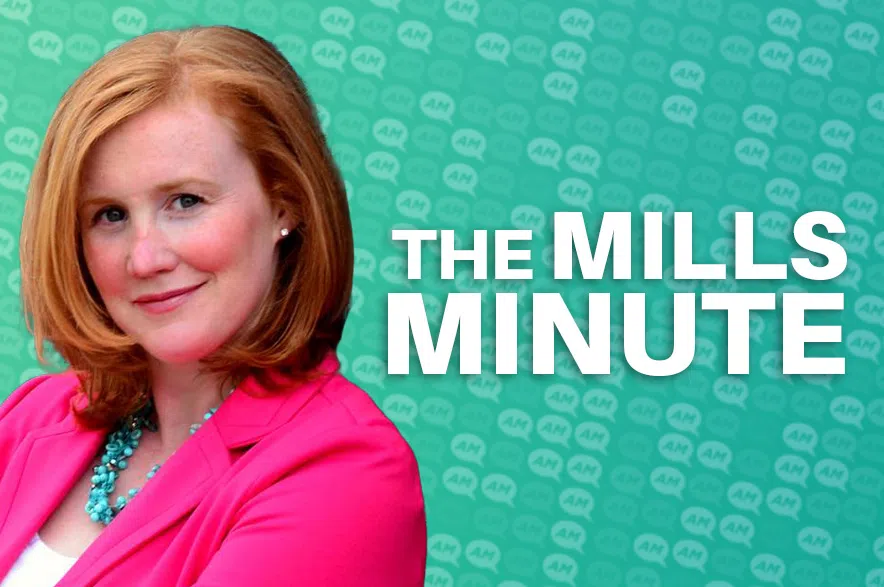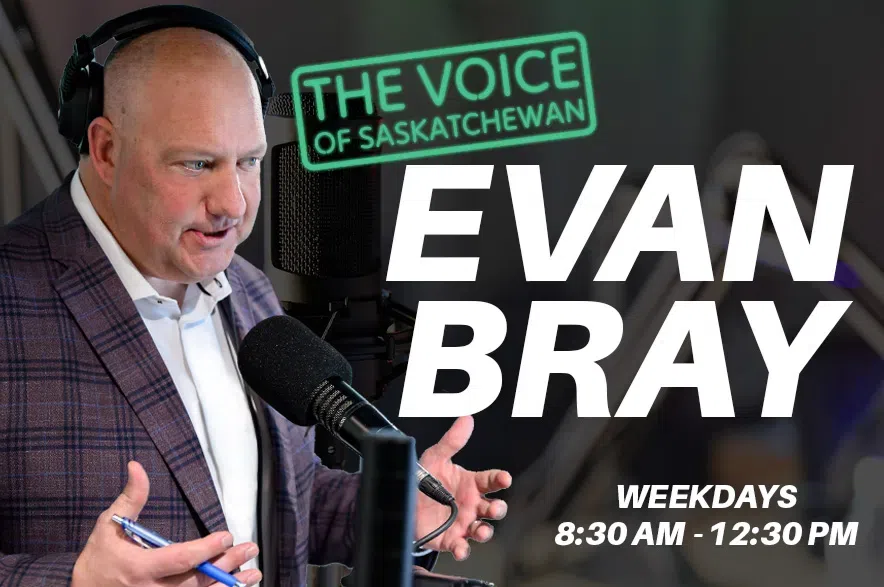Scott Moe has big plans for the upcoming legislative session.
After outlining a number of new pieces of legislation in the Speech from the Throne, which kicked off the new session on Wednesday, Saskatchewan’s premier joined the Evan Bray Show on Thursday morning to share more details and explain the thinking behind a number of the proposed laws.
Read more:
- Safety, compassion and tailgating highlight Saskatchewan Throne Speech
- A list of promises from Saskatchewan’s speech from the throne
- ‘Happens too often’: Conservation officers search for hunter who dumped 142 birds
Included on the list are a measure that would force some people with drug addictions into treatment, and legislation aimed at ensuring gun owners who participate in Ottawa’s buyback scheme receive fair compensation.
Listen to the full interview with Moe here, or read the transcript below:
This transcript has been edited for length and clarity.
EVAN BRAY: What are the highlights for you out of yesterday’s Throne Speech?
SCOTT MOE: I think the overall tone and initiative of the Throne Speech, when you look at the title, which is “Strong, Safe, Secure,” (is) a strong economy, safe communities, securing our future in the space of education and health care investments. Really, when you look at all of the initiatives that are coming through – whether they be legislative or policy initiatives of the government – they’re going to fit into one of those spaces. Predominantly, significant focus on a recovery-oriented system of care services, as well as enforcement to keep our community safe. So strong economy, safe communities and securing our provincial future.
The Compassionate Care Act, which is something that I’ve talked about a lot – the ability to step into mandatory treatment – and you specified that this isn’t going to be for everybody. This is for a specific group of individuals who need that stabilization help to secure a better future. When will we expect to see details on that? Because it’s going to be the details of how this rolls out that will obviously be important.
MOE: Not only the legislation, but yes, some of the regulation, of which we’re still working with families, with enforcement agencies, police chiefs across the province, on precisely what some of those regulations (will be) and how the operability of it will work. But I would say two things on the compassionate care legislation. The first is that it is going to impact a very small number of people that quite likely are facing other criminal charges, as well as people that are in danger of harming themselves or harming someone else. Second to that it is another access point for people to enter a life of recovery, and that is the government’s goal – to open up as many access points into that recovery journey as possible, and to ultimately eradicate these poisonous drugs from our communities in Saskatchewan. That may be aspirational, but it is the goal and the intent of the government to find our way towards that.
How are we doing with voluntary treatment right now? Do we have enough beds, or do are we still seeing a waiting list?
MOE: No, we need more beds, and we are continuing to invest in more beds. As you know, if you go back through the last few years, we had a target of 150 intensive-recovery beds. These aren’t the 28-day alcohol-recovery program that we traditionally have. We expanded that to 500 beds. We’re over 300 of those are up and operating, unfortunately, and I say unfortunately because the need is there. When we hit 500 we’ll likely have to expand that again, and we’re going to keep building until everyone has a recovery opportunity, should they choose it or should they be told that is where they’re going to spend some time. This is the path, alongside enforcement and streamlining some of the laws that we have for our enforcement agencies to utilize, and to make our community safer. Because when we look at people that, unfortunately, are living without a home, I think the recent Saskatoon study said that over 80 per cent of them were also struggling with addictions. When we look at the crime that we have, vandalism that we have in our rural and urban centers, largely it is associated with supporting a life of addiction. And so let’s remove the addictions to the greatest degree that we can, and provide those recovery opportunities, and then enforce the law.
The firearm thing caught my attention. Any details on how that’s going to roll out, ensuring firearm owners who have their guns taken as a result of this federal buyback will receive fair compensation?
MOE: So first, you won’t have them taken in Saskatchewan, because you would need a provincial license to go out and gather up guns. And that is currently an unfunded department – that licensing department in the province – so no one will be out taking firearms in Saskatchewan that have been deemed illegal by the federal government. However, the federal government has now chosen to depart from what they did with handguns and criminalize the ownership of certain long guns. And so there may be some folks that want to voluntarily bring their guns in and turn them over to the government. And what we’re saying is there will have to be an evaluation done on those guns. They’ll be run through our ballistics laboratory, and they’ll have to be paid for by the federal government before anybody can even voluntarily turn their firearms over. But nobody’s licensed in the province, nor will they be in the foreseeable future, to come and gather up, in any mass way, people’s firearms.
OK, let’s go to wildfires. I wasn’t surprised to see it in the Speech from the Throne. However, most of what I see in there is more about compensation for communities that are rebuilding. Should we be focusing our efforts on wildfire management, basically preventing a replica of this year’s wildfire season from happening?
MOE: Yes, and that is the focus, and we’re going to get there very quickly. There’s really four points on our wildfire response this year and what it will look like in the next number of years. First is we need to focus on, as winter approaches, rebuilding and finding homes for individuals that have suffered some of the most extreme loss, and I was up in Denare Beach a few weeks ago ensuring that they have a place to stay this year. So rebuilding is important and a priority. Second is we need to continue with the arrival of new planes to expand our wildfire response. Third, we’re going to review our evacuation initiatives and policies here in the province to ensure that we’re offering the best service when that is necessary, and it is, unfortunately, from year to year. And I would say that one of the most important things that we have, and it’s this work, is starting. In fact, Minister (Tim) MacLeod had written a letter yesterday to the federal minister, saying “Let’s aggressively look at fire-smarting our communities with fire lines, firebreaks, wet lines put out on those fire breaks (and) sprinklers that are permanently put up in our communities. We saw this in Wadin Bay, who had faced a fire head on in 2015 and almost lost their community. They had done an excellent job within the community of fire-smarting. That community took a head-on hit with the fire this summer with very minimal loss. And so we need to be very ambitious, and we are going to be very ambitious partnering with communities. And hopefully the federal government talked with Minister (Buckley) Belanger about this, about fire-smarting our communities in an ambitious and aggressive way so that we can protect them, should we be faced with something as tragic as what we saw this last year.
So health-care is something that I’m not sure we go a week without talking about it in some way, shape or form. On this show, we are still hearing from everything from patients to nursing staff and hospital professionals about the challenges that we have, whether it’s got to do with space or wait times. I know there’s a big segment of the Throne Speech that deals with health care. Do we need more of a shake up, premier, to try and get things back on track? Or does this just have to be a patient approach to gradually getting us to be where we need to go first?
MOE: I’d say, thank you to all of those health-care workers, wherever they are, offering services in this province. They truly are doing wonderful work on behalf of friends, family and community members, and at times having their voice heard. And that is good. Second, if the solutions were simple and easy, they would have been found by some province in Canada thus far. The fact is, the solutions are more people and more people across Canada, not just in Saskatchewan, and so we continue to invest in our health human resource plan, continue to invest in new ways of delivering care, like our urgent care centers, virtual healthcare, with a partnership with Whitecap Dakota First Nation, and are going to continue down that path to ensure that everyone in this province does have access to a primary health care provider and a timely surgery. We have targets in that space, we have investment in that space, and I hope now we’re going to be able to work much closer with the collective bargaining units (and) the regulatory bodies on ensuring that everyone in this province is working to the maximum scope of service, not only what we currently have in Saskatchewan, but starting to mirror some of the maximum scopes of service for health care providers across the nation. There’s no reason why a pharmacist, a chiropractor, a nurse practitioner can do some things in Alberta or Ontario or Nova Scotia and maybe not be able to do them here. And so we’re really going to look at how can we expand our scope of service, expand the number of people that are in our facilities, and use new and innovative ways to open up access for Saskatchewan families so that they can see a primary health-care provider sooner rather than later.
How successful can you be, as a provincial government, at attracting investment if policies nationally don’t provide kind of the same incentive? And we’ve been talking about and critical of policies, specifically in the energy sector, even things with regard to tariffs, those types of things. How much does the work you do provincially hinges on what they do nationally?
MOE: I would suggest there’s a great example of this in Saskatchewan, where the federal government over the last decade has very much done things that have hindered any investment opportunity climate, certainty for the energy sector, and we’ve seen a very stagnant, if not even declining, energy investment, energy production and energy sector here in Saskatchewan, as well as in Alberta. Over that period of time, where we’ve been able to work around some of those federal regulations is in the mining sector in Saskatchewan, where potash mines, copper mines and such are under provincial environmental-impact assessments (and) provincial regulatory process. We’ve seen the largest investment by the largest mining company in the world, at Jansen, in that facility (and) expansions of the existing potash mines that are here. K+S came on in 2018, doubling their production over the next number of years. We see a net-zero copper mine coming on, with Foran Mining. just outside of Creighton. And so we’ve seen more investment in the mining sector in Saskatchewan that I would say you’ve seen across the rest of North America combined. So the province can have an impact in providing certainty in this space. However, the federal government can either augment or hinder that impact, and I would say in the space of the energy sector, they very much hindered it. And we’re very pleased to see a little bit more of an opportunity for an open conversation about what the future looks like in all of these sectors with the new prime minister, and we’re hopeful that we’ll be able to find a landing spot on on this flawed regulatory process that we have in Canada, in particular as it impacts the energy sector.
There’s a short segment in the Throne Speech about agriculture. I didn’t see anything in there about canola tariffs. I know you have been leading the charge on that. Why wasn’t that in the Throne Speech?
MOE: It was. It was right in the opening paragraph – actually, the second paragraph – and then page four as well. And this is mentioned five or six times in the first few pages of the Speech from the Throne. What we need to happen here is for our prime minister and President Xi (Jinping) to sit down and work through not only the existing relationship – and that’s going to involve removing things like the EV tariffs, which are not a threat to the Canadian automotive industry, the president of the United States is a threat to that industry – and then opening up on not only our existing market access for canola, pulses, pork and seafood, but not only are we going to open up the existing access that we have, but let’s actually open up additional access. We sold you, in Saskatchewan’s case, $4.5 billion worth of canola and potash last year. Let’s start to look at what $8 billion or $10 billion looks like. And this is how we actually are able to produce more in this province, and we are going to produce more in the future. And so I see this as a terrible situation currently, but with the the right conversations I’d have faith that our our prime minister is able to actually turn this into a net positive in the medium term, and that’s what I’ve encouraged them to do.
I have NDP Leader Carla Beck coming on after nine. And one of the things that we heard from the NDP this week – and I’d like to get your thoughts on this – is you have put together the Saskatchewan First Energy Security Strategy and Supply Plan. I walked around the nuclear conference yesterday in Saskatoon. In your document, you talk about conducting a governance review to determine the optimal provincial structure and mandate of nuclear power: ownership, operation and deployment. The NDP is signaling this is the selling of the Crown SaskPower. Is that a step towards privatization or is it due diligence? What is that contained in the document for?
MOE: There is no selling of SaskPower, nor any of the other major Crowns in this province. And we’re setting up a regulatory and advisory board to work us through the remainder of the 14-year process that we have before we’re actually able to transition to nuclear in this province, and to do so in a very structured way that preserves the jobs that we have in, for example Estevan and maybe even in a place like Coronach, and then to expand those nuclear sites across the province in the years ahead. What we’ve asked the federal government is – to do this in a structured way and an affordable way that provides reliable power – to extend the opportunities for us to use the current sources of electricity that we have until we’re actually able to build this nuclear piece. The NDP have a problem here, by their very own convention. They don’t want coal. They don’t want nuclear. And the only other option in this province is natural gas, which is becoming very, very expensive in the construction of those facilities, and very, very expensive in the operation of those facilities moving forward. And so we have a concrete plan that really puts at the forefront of that plan the affordability of the power that we have, as well as the reliability of our system. So when you turn the lights on, they actually do come on and you can afford to turn them on. The NDP plan will create less power, but we certainly are going to pay more for it.
Thanks so much for calling in today. Take care.
